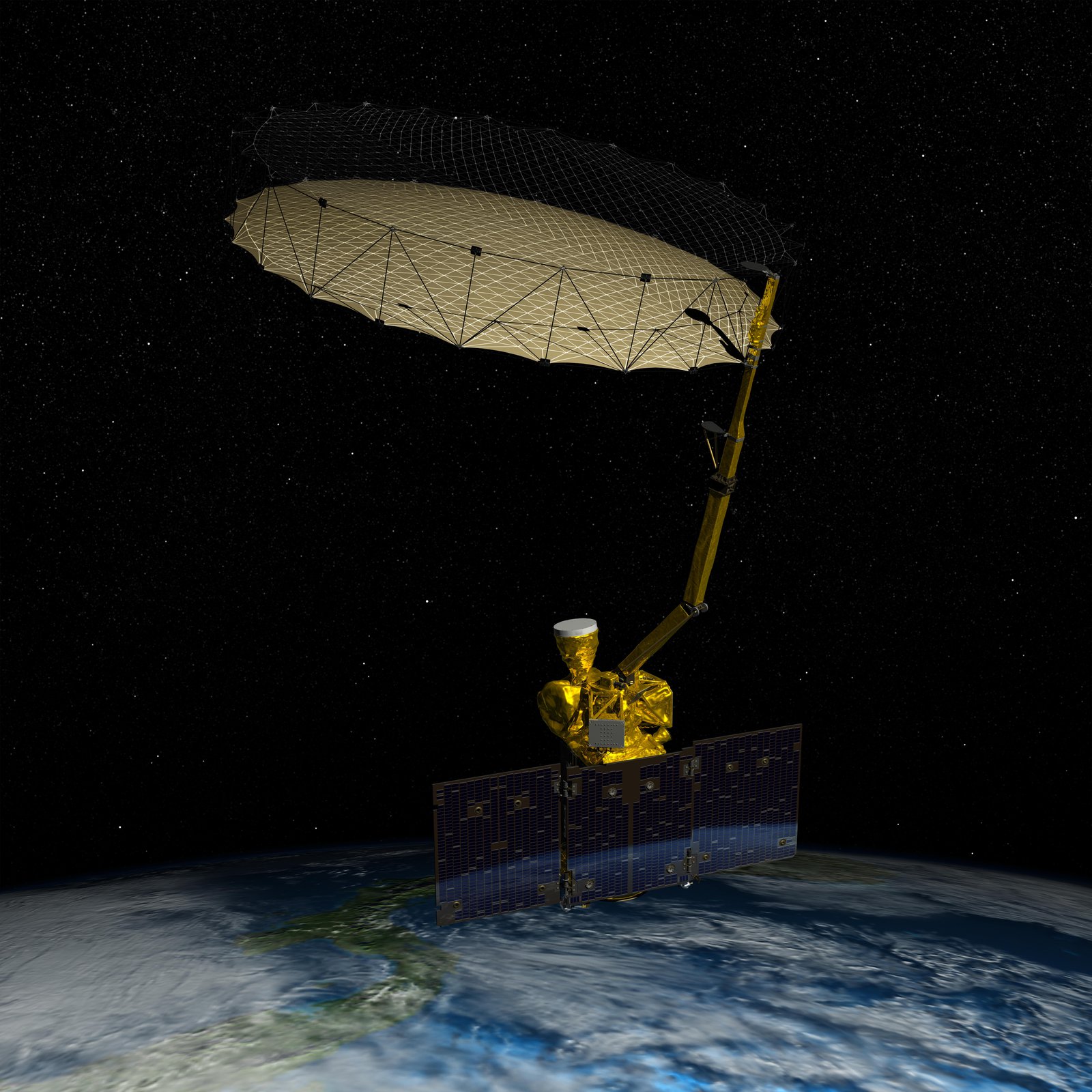NASA’s first U.S. Earth-observing satellite designed to map global soil moisture, the Soil Moisture Active Passive (SMAP) satellite, will launch aboard a United Launch Alliance Delta II rocket Jan. 29 from Space Launch Complex 2 at Vandenberg Air Force Base in California.
“SMAP will be the first mission to measure the soil moisture in the top two inches of the Earth’s surface,” said Chuong Nguyen, the SMAP mission manager for the Launch Services Program (LSP) at the agency’s Kennedy Space Center in Florida.
The intricate satellite will provide high-resolution, space-based measurements of the soil moisture, whether frozen or thawed, to better predict natural hazards of extreme weather, climate change, floods and droughts. The satellite will map the entire land mass of the Earth every two to three days for at least three years.
The SMAP satellite has two instruments. The “active” is a radar that will provide high-resolution measurements of the moisture in the soil,, though not as accurate as radiometer observations..The “passive” is a radiometer that has higher accuracy but lower resolution than the radar. Both instruments working together wll provide greater accuracy and spatial resolution in measuring soil moisture than is possible using either instrument alone.
“Soil moisture is an important part of the Earth’s climate. As it evaporates, it condenses into the clouds and atmosphere, and that in turn becomes rain later in the weather cycle,” Nguyen said. “SMAP will help with climate forecasting and help predict a good growing season. That’s an important part of agriculture, in the U.S. and around the world.”
Prior to launch, Nguyen and his team will monitor launch activity about four hours before liftoff. They will check the health and status of the rocket and make sure everything is nominal before it flies.
“After the launch, we will monitor the performance of the rocket though its various stages of flight, and the separation of SMAP from the Delta II,” Nguyen said. “We’ll be looking for an indication that the satellite is healthy. We will all be literally holding our breath.”
Once in orbit, the SMAP satellite will deploy its very extensive boom assembly that has an almost 20-foot-diameter antenna at the end of it. During processing, the antenna assembly and boom were folded up and neatly loaded inside the payload fairing of the rocket.
Tim Dunn, the NASA LSP launch director, said the Delta II rocket is perfectly sized for the mass requirement for SMAP. The physical size of SMAP fits within the payload fairing volume of the rocket.
“Delta II has the nickname ‘the workhorse’ for NASA for a reason,” Dunn said. “It has an incredible track record.”
To date, there have been 152 launches of the Delta II since 1989, with 51 of those for NASA. Dunn said the Delta II is significant in NASA’s history because of the importance of all the science and exploration missions that it has launched.
“Our team has been working very hard for the launch processing phase of the SMAP launch campaign. We’re all excited for countdown,” Dunn said.
For more information about the SMAP mission, visit https://www.nasa.gov/smap.





























